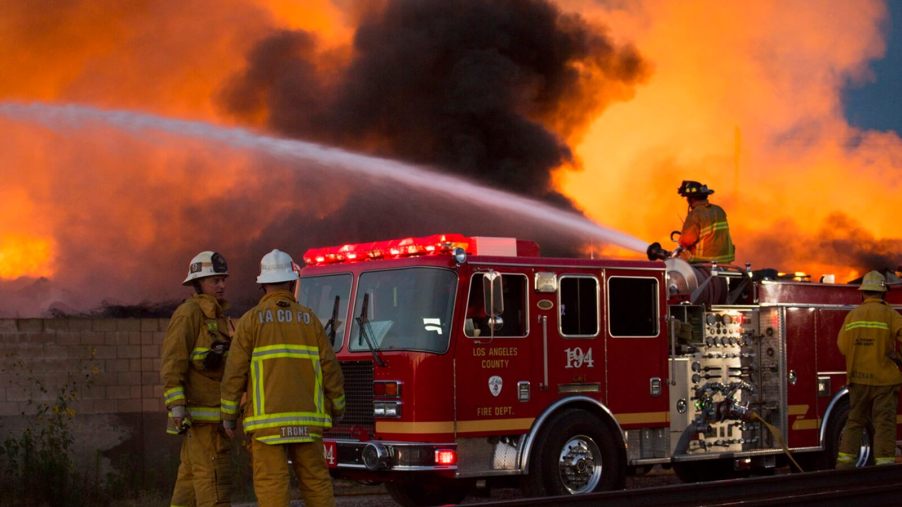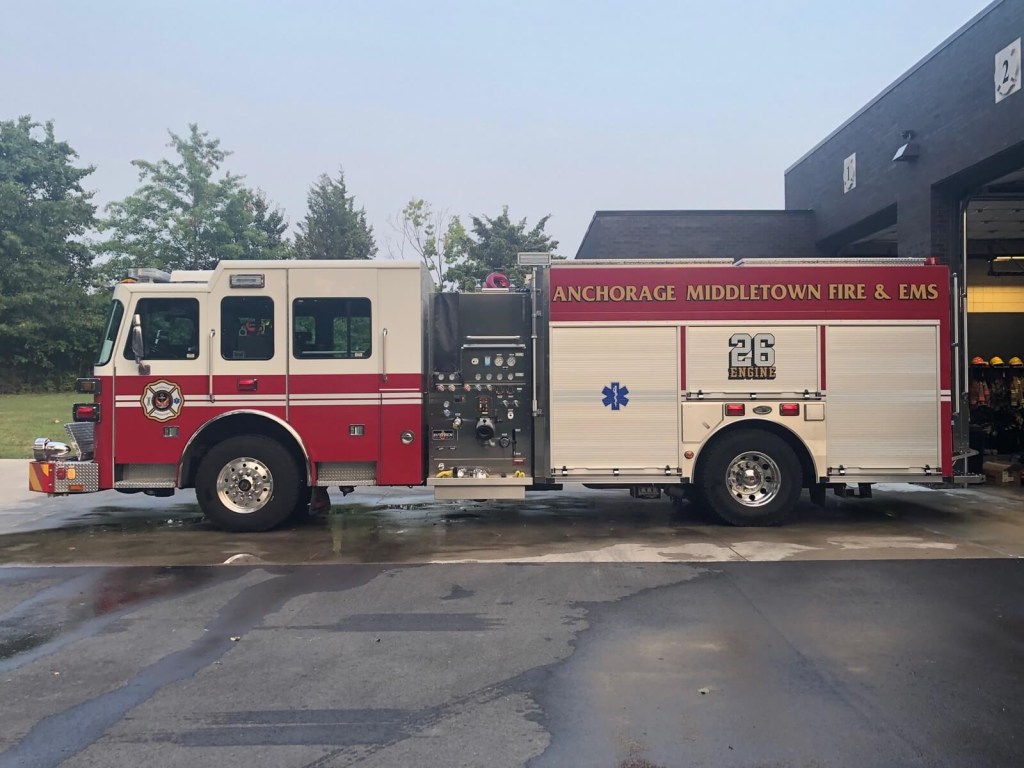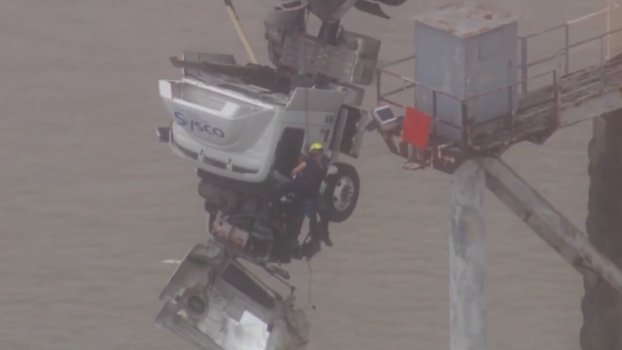
The Water Capacity of a Fire Truck Drains Quicker Than You Might Think
Fire truck models like engines and quints use vast quantities of water to save lives and property. However, fire engines don’t require a hydrant to perform their duties as they have a water capacity in on-board tanks. Still, even with an onboard tank, a fire truck’s water capacity drains quicker than you might think.
Fire trucks can work through their massive water supply in minutes
Sometimes, crews and their fire apparatuses have to fight fires sans access to a hydrant. For instance, when my crew and I would arrive at the scene of an emergency like a car fire on a highway, we didn’t have many hydrants to access. Instead, fire crews like mine will use the water in the fire truck’s on-board tank.
However, even with access to a 1,000 or 1,500-gallon tank, a fire truck will get through its on-board water supply rapidly. On average, a modern fire engine’s water pump will flow around 1,000 to 2,000 gallons per minute. At full chat, a fire engine will drain its tank in minutes.

As such, fire crews responding to a working fire tend to prioritize finding a water supply as quickly as possible. Still, if hooking a supply line up to a hydrant isn’t an option, crews will do their best to deal with a fire with the water capacity of their fire truck.
Often, crews responding to highway car fires will have to use their onboard water supply to quickly fight blazes. Fortunately, multiple fire crews will respond to the same fire call. For instance, my crew and I responded to a fully-involved car fire on a highway. Incidentally, we ran our fire engine out of water attempting to stop the Volvo’s supply of gasoline from burning.
Fortunately, the second-due engine arrived just as we ran out of water, allowing us to extinguish the blaze. Furthermore, when it comes to fighting a structure fire, the second-due engine will take on the responsibility of acquiring a water source for the first-due crew. It’s an important job, too. Especially considering how quickly a fire truck will exhaust its water capacity.





